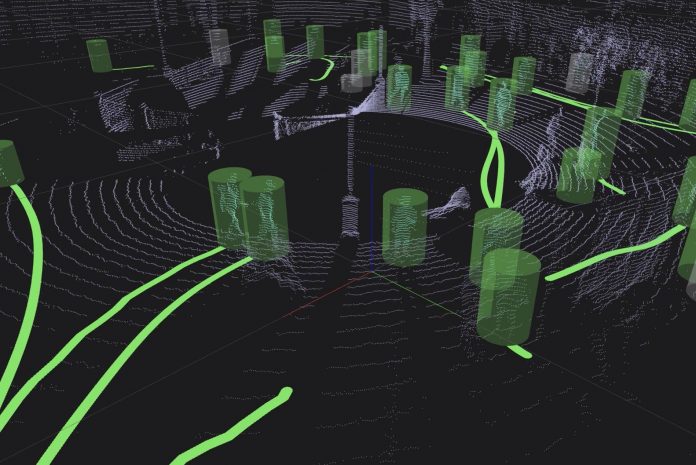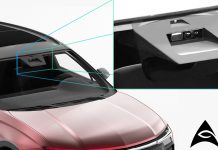Ouster, a provider of high-resolution lidar sensors for autonomous vehicles, robotics, security, and mapping introduced its lidar-enabled security solutions at the International Security Conference & Exposition East conference in New York. Ouster’s security solution detects, classifies, and tracks potential security risks across multiple environments, including factories, ports, corporate campuses, airports, and other locations where real-time 3D perception, night vision, and 360-degree monitoring is required.
Lidar-enabled security systems provide unparalleled spatial accuracy, object detection, and tracking beyond standard camera or radar based solutions, enabling highly accurate 3D sensing and continuous object tracking across coverage zones. A lidar-based solution also protects personally identifiable information and individual privacy by limiting facial recognition. Ouster’s lidar-enabled security solution is designed to protect people and secure environments with 24-hour visibility, while significantly reducing false alarms and providing first responders better situational awareness to react faster and more safely to incidents.
Ouster is working with two leading security software and integration companies to combine the perception power of lidar into traditional and next-generation Video Management Systems (VMS). Ouster integrates with Tacticaware’s Accur8vision expanded perimetric security system, allowing the virtual design, integration, and deployment of lidar-based perception. Additionally, Ouster sensors now seamlessly work with Seoul Robotics’ SENSR software platform, enabling security integrators to use the perception system to create custom end-to-end security solutions.
Ouster’s rugged, reliable lidar sensors are designed and built to withstand extreme weather conditions, providing a new level of reliability for extended outdoor use through rain, snow, hail, dust, and fog. All Ouster sensors are designed to IP68 and IP69K standards, and for security applications, Power-Over-Ethernet Plus (PoE+) capabilities will be available in the first quarter of 2020.














